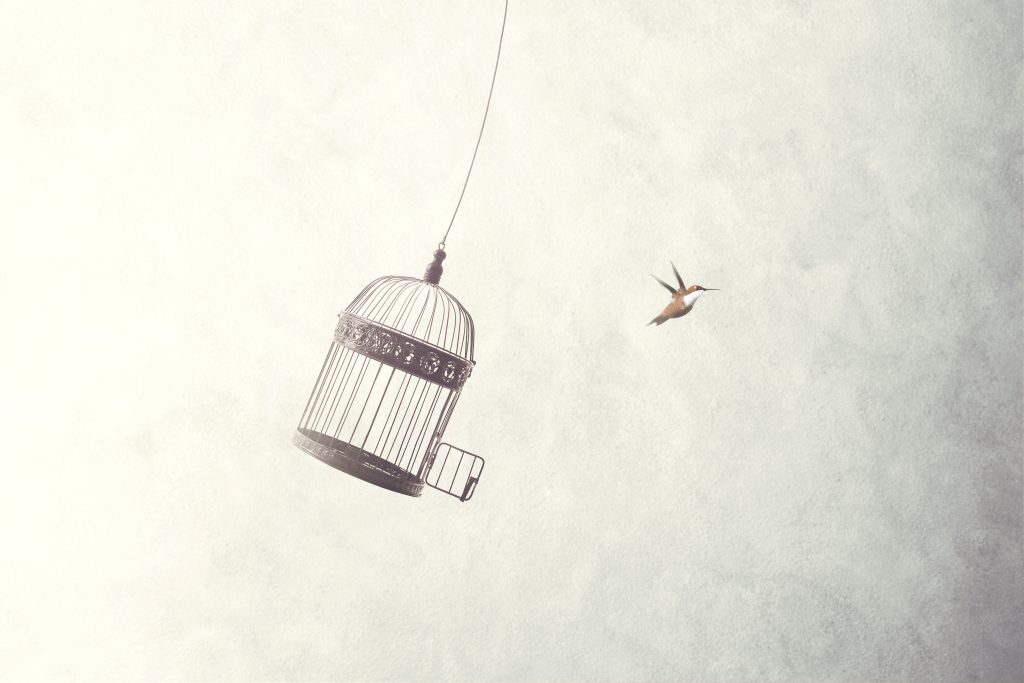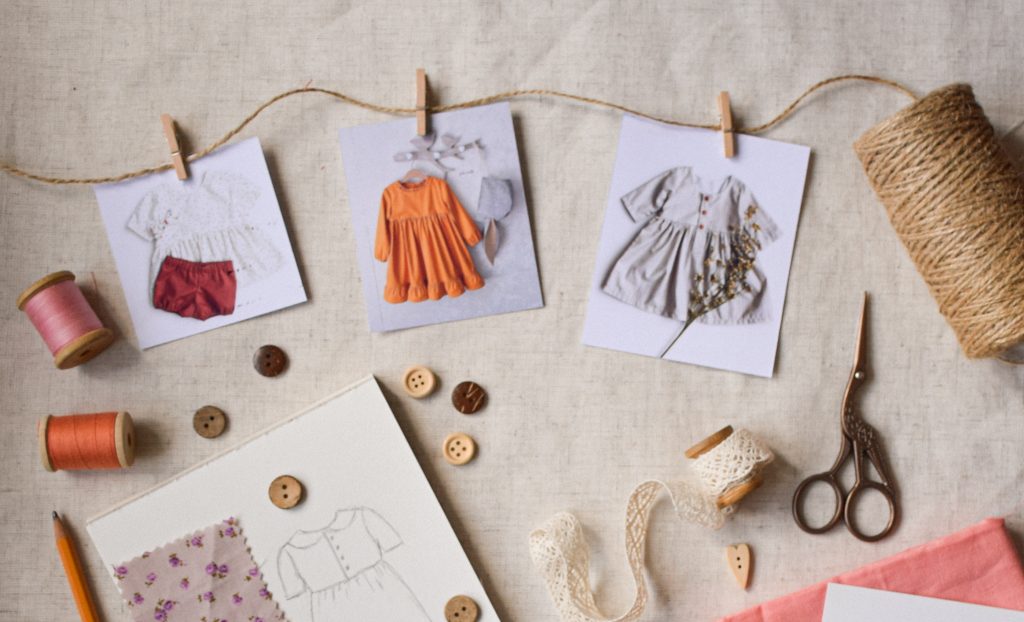On loving and letting go: the dance of attachment and non-attachment

They are all growing up and moving away from home. I’ve already written about my daughters leaving, but there’s more – it’s become a larger theme in this moment of my life.
My book is growing up and moving away too. Last Tuesday, we launched the Dutch version of the book. This baby that I spent years birthing is now being stewarded and lovingly held by people in another country, in another language. She’s got a life without me now. I can’t even read this new version of my own book, and that feels a little… hmmm… what’s the right word… weird? I have to trust that my book, like my babies, will have a good and meaningful life in a new place, across an ocean from where I am. The translators were recently interviewed on a podcast in Dutch about the book and I am struck by the realization that it doesn’t even need my voice to tell its story.
My business has grown up and morphed into something new this past year as well. What was, for years, a solitary endeavour has become a partnership. My business partner, Krista, now holds a lot of it on her shoulders and there are parts of it that, like my children, only visit me once in a while and no longer come to stay. This week, Krista has been working with our accountant on our balance sheets, and I have been largely oblivious to the process. There is freedom and also a little guilt in that.
The programs I’ve developed are being lovingly held by other people too. Last week, I participated in two calls for our Foundation Program, and I played only a secondary role on the calls (the “guardian”, in circle lingo) while a member of our team hosted each of the conversations. The same thing is beginning to happen in our Certification Program. A new community is growing around the work, and those who come are being expertly held by the Master Practitioners I’ve trained. I am largely a visiting teacher, dropping into the spaces they hold, offering wisdom and support when I can, but trusting them to hold primary responsibility for the container.
It’s all been a little puzzling and paradigm-shifting, this movement away from me, even though I orchestrated much of it and believe it to be next right thing. On the one hand, it’s gratifying to see that all of my love and hard work has supported babies and books and business in beginning to stand on their own feet. On the other hand, it’s a little scary to let go and to trust that they will be okay. On the one hand, it’s lovely to have this new spaciousness that their independence has granted me. On the other hand, it’s lonely to be the one left behind. On the one hand, there’s freedom in letting go. On the other hand, the ground feels wobbly when so many things that anchored me are being released all at once.
“Hold with an open hand,” I often tell people when I’m guiding them in an understanding of what it means to hold space. “When you hold too tightly, you’re at risk of hijacking space instead of holding it. An open bowl is about freedom and trust, a closed bowl is about control and fear.”
Now, here I am, after years of saying those words, learning this lesson in a new way.
It is all part of a paradox that has long challenged and intrigued me – the paradox of living at the intersection between attachment and non-attachment.
At some point in my life, perhaps in those fleeting moments when I held my stillborn son and knew he was never truly mine, this paradox took hold and wouldn’t let me go. Perhaps that’s why I’ve made many of the choices I’ve made – like letting go of much of my work and trusting others to hold it (when conventional wisdom would tell me to hang onto it and the money it brings in) – because I believe that a deeper understanding of this paradox is part of my soul’s purpose.
At the heart of the paradox are two seemingly inconsistent beliefs. Attachment theory teaches the importance of having secure attachments and tethering ourselves to each other, and yet Buddhism’s non-attachment (which is echoed in other spiritual traditions) teaches us to release our grip on people and things. These concepts seem so paradoxical, and cognitive dissonance rises up in me and tempts me to believe only one or the other can be true, and yet… both hold pieces of the truth.
Somewhat clumsily, I am finding my rhythm in this new version of the dance – between loving and letting go. I am learning new discernment about when it’s time to hold tightly and when it’s time to release my grip. I must allow them all – babies, books, and business – to seek out their own journeys, to stretch into their own autonomy, and to live their own truth, while I offer them love and a safe place to land. I must believe that they are wise enough, strong enough, brave enough and resilient enough to walk the paths that call them, even when those paths take them away from me.
I must trust the other people who now hold space for my people and my work, my babies, book and business, to do so with as much care and compassion as I have done.
Truthfully, though, there is no paradox in these teachings. It is only a limited, fearful mind that chooses to see the binary. A deeper exploration reveals that they are more like yin and yang – intertwined and each holding pieces of the other.
Secure attachment is not tethering yourself to another person – it is living side-by-side, connected but not chained. It is to offer what the nest offers the baby bird – a safe place to be comforted, and a brave space to launch from when it’s time.
Non-attachment is not about living an aloof and non-committed life – it is about resisting codependence with other people or things and becoming neither controlled nor controlling, manipulated nor manipulating. It is to love wholeheartedly but to release any illusions that you have control over the outcome of that love.
Both of these concepts invite us to live in such a way that we are both attached and non-attached, both connected and autonomous, both sovereign and interdependent.
Last week, I flew to where my youngest daughter now lives so that I could support her through yet another surgery in this long saga of chronic illness. Though she lives far away from me, she is still my baby. Though she is now independent, she still needs her mom. Though she left the nest, she still needs a safe place that she can sink into and know that she’ll be held – it’s what we all need, no matter how independent we become.
More than once, before and after her surgery, when we were curled up on either ends of the couch, our feet found each other in the middle. This is something we have long done, touched feet in the expanse between us, to remind ourselves that we are still connected. It started in that tumultuous time after the divorce, when she was beginning to return to me after months of non-communication in her anger over the disruption of our family. Sleepily, she would crawl into my bed before getting ready for school, and though she wasn’t yet ready to cuddle with me, she would let my foot brush up against hers – at first only briefly, and then for longer and longer. The day that it began to be her foot reaching for mine, I knew that we would be okay. We were, and continue to be, both attached and non-attached – sovereign individuals living interdependent lives.
On the Foundation Program calls last week, I mentioned to those who’ve come to learn about what it means to hold space, that these lessons they are learning on the pages of my book might not land fully for them until life and nature teach them more deeply. “When you feel confused about a concept,” I said, “hold it lightly and trust that you will understand it more deeply when life offers the lesson. The pages of a book – and even a rich conversation like this with other learners – will never fully offer you the depth of wisdom that your own life will someday offer.”
This continues to be true for me, their teacher. Though I have written for years about what it means to hold space, life still has much to teach me. These days, I am learning the grace of letting go. And I am learning to hold myself in this grief when the letting go feels hard. And I am learning to experiment with this new freedom the letting go offers.
Today, as I settle more deeply into this learning, I find myself wondering whether the mother bird, after she has watched her baby birds leave the nest, must learn a new kind of flight when her flight’s purpose is no longer about finding food to bring back to her babies. Perhaps she, too, needs to launch herself from the nest she has built, into the unknown spaces beyond, trusting that she, too, will find places to perch and be held when she is weary from the flight.
And maybe, in this new flight, as she learns the paradox of loving and letting go, she will also learn, on an even deeper level than she has before, that grief and joy can be held simultaneously and that they are not entirely different emotions. And she will be reminded that every new liminal space she enters will bring the promise of a new story.

